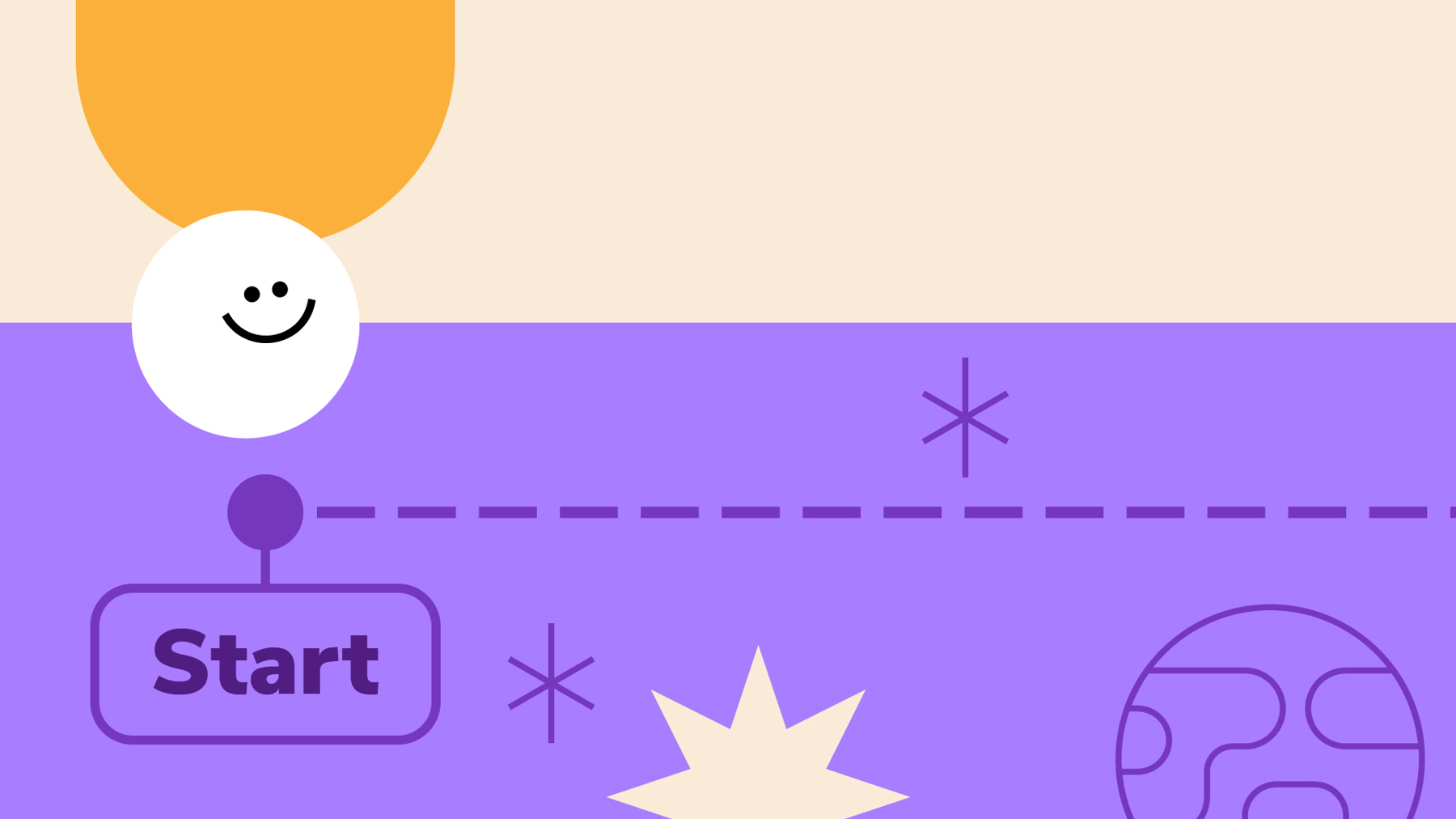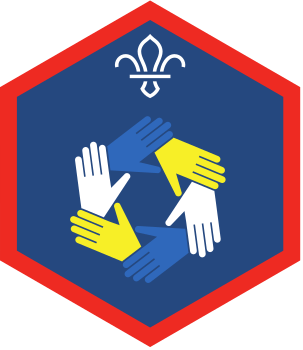
Get your head in the game
You’ll need
- Permanent markers
- Scissors
- Something to protect surfaces (for example, newspaper or tablecloths)
- Table tennis or ping pong balls
- Old tarpaulin or large sheet (which the permanent markers will show up on)

Before you begin
- Get your scissors and tarpaulin or sheet. Carefully and safely cut some holes out of the sheet. Make sure you leave enough space for others to write and draw on the sheet, and for the ping pong balls to move around the holes.
- Split into two groups. One group will design the track on the tarpaulin or sheet. At the same time, the other group will design the ping pong ball ‘heads’.

Create the track
- Cover a flat surface with newspaper, and place the sheet or tarpaulin on top.
- Use the permanent markers to draw a start line at one end of the sheet and a finish line at the other. They should draw a track from the start line to the finish line which goes around the holes in the sheet.
- Think about the obstacles you’ll encounter along the route. Decorate the track, labelling any holes with the permanent marker.

Create the heads
- Cover a flat surface with newspaper, and place the ping pong balls on top.
- Use the permanent markers to turn the ping pong balls into heads. You could draw faces, and/or write names.

Play the game
- Come back together, to make one team. Players should stand up, and space themselves evenly around the track.
- Everyone should take hold of an edge of the sheet, and lift it up to waist height, making sure it’s stretched or pulled tightly.

- When the team is ready, the person leading the game should put the first head on the start line.
- Everyone should make each head move along the track by gently moving the sheet. They’ll have to use teamwork skills to avoid the holes, talking to and supporting each other.
- As the team plays, the person leading the game will add the rest of the heads. They can do it one at a time, or make things more exciting and challenging by adding a few heads at once.

- If a head falls through a hole, or off the edge, the team will need to start any heads currently on the track again – heads which have passed the finish line are ‘safe’, and don’t need to restart.
- The game ends once all of the heads have reached the finish line.
Reflection
Safety
All activities must be safely managed. You must complete a thorough risk assessment and take appropriate steps to reduce risk. Use the safety checklist to help you plan and risk assess your activity. Always get approval for the activity, and have suitable supervision and an InTouch process.
- Scissors
Supervise young people appropriately when they’re using scissors. Store all sharp objects securely, out of the reach of young people.
- Sharp objects
Teach young people how to use sharp objects safely. Supervise them appropriately throughout. Store all sharp objects securely, out of the reach of young people.
- To begin with, you can tape paper or card over some of the holes. Gradually remove these covers as the team feel more confident.
- You can change the number of holes or ping pong balls – you can have as many or as few as you like.
- A head falling through a hole could mean re-starting just that head, or all of the heads including the ones which have passed the finish line.
Make it accessible
All Scout activities should be inclusive and accessible.
This game could be linked to the Cubs Personal Safety Activity Badge. Players could decorate their track to explain the dangers of playing on or near places such as railways, building sites, or farmyards.

